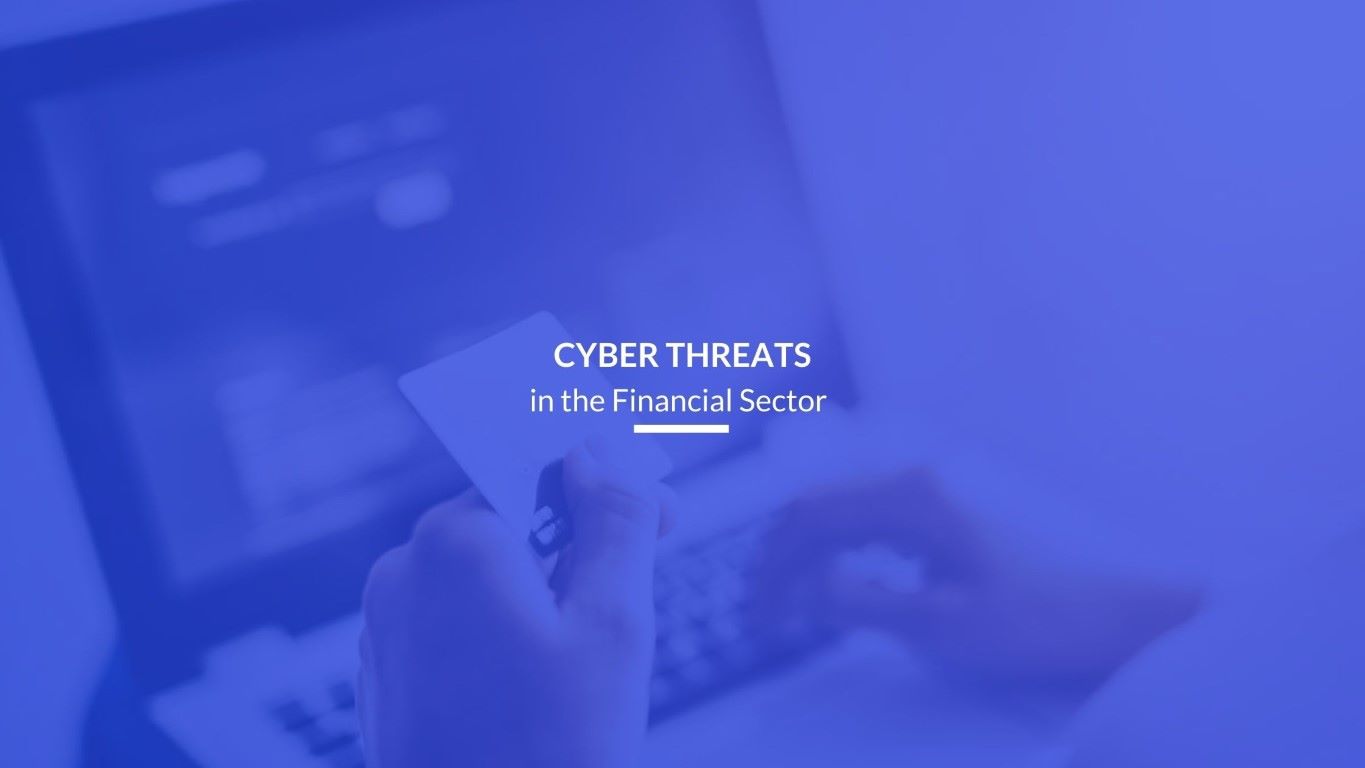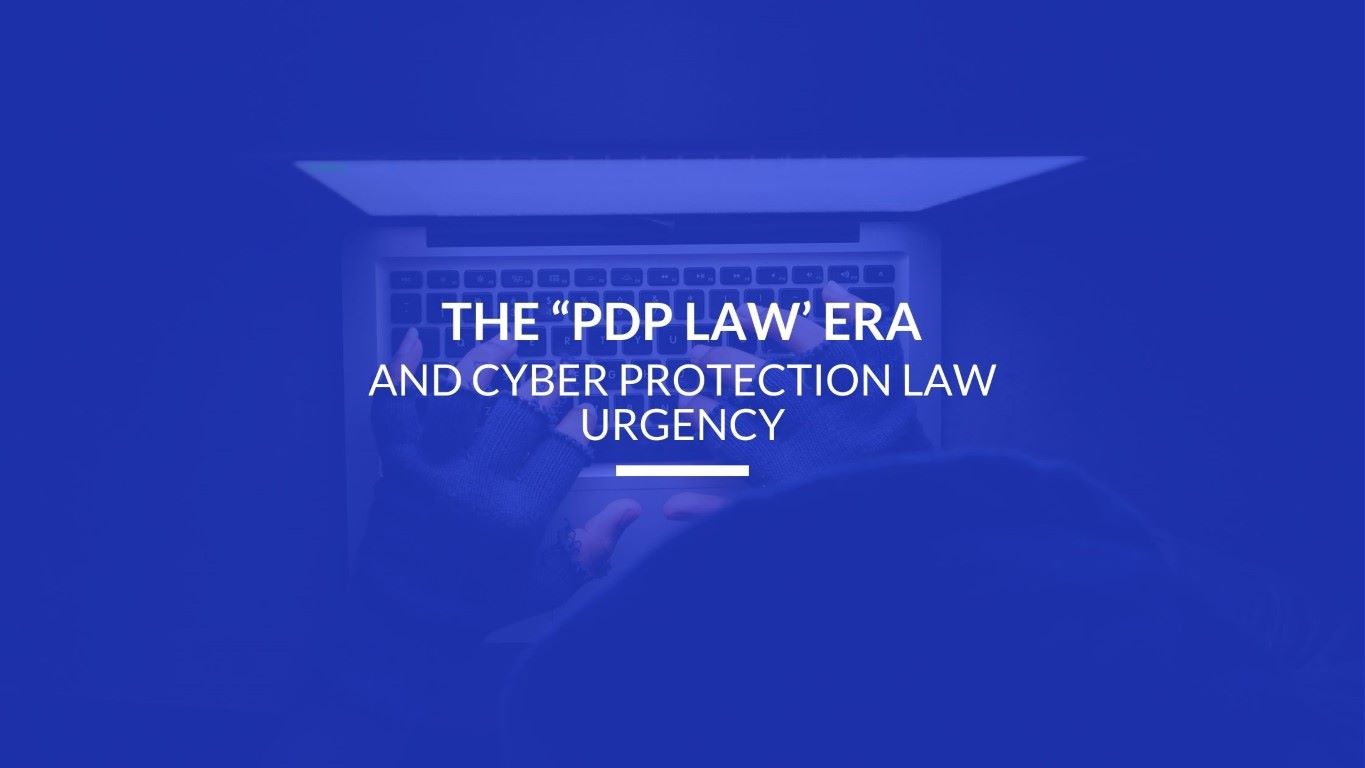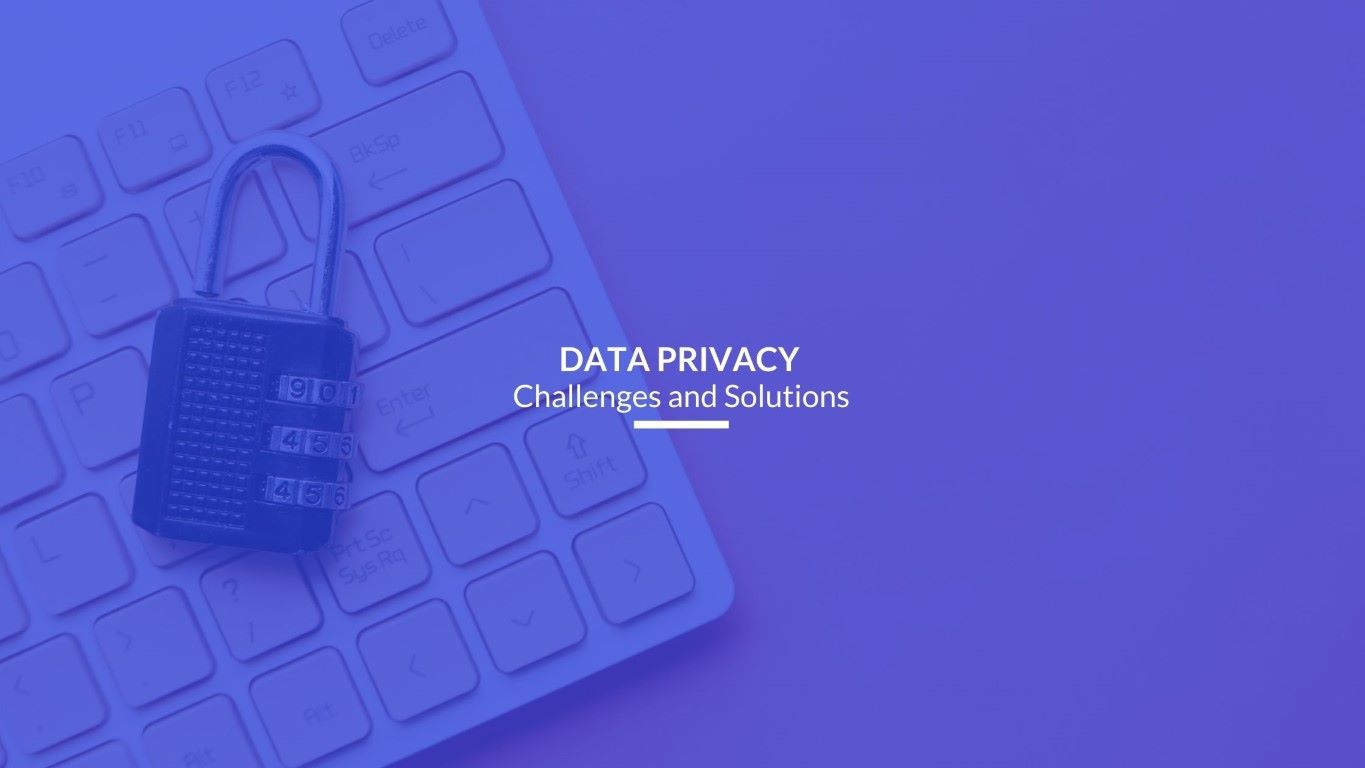Over the past few years, maintenance of data privacy, confidentiality and integrity has become challenging in the financial sector. Constant cyber attacks have created a matter of urgency in improving cyber security quality among financial institutions to maintain healthy cyber security among sensitive data. However, rapid digitalization process adopted by financial companies during the global pandemic has made them a prime target among cyber criminals for monetary gain. As financial services handle a large amount of crucial data about customers, maintenance of data privacy and confidentiality becomes absolutely necessary through an efficient cyber security system. Lack of appropriate measures could lead to catastrophic events of cyber intrusion that could cause a huge sum of money to financial organizations.
Cyber Intrusion in Financial Services
The financial sector encounters cyber attacks more than any other sector. VMware report claimed that banking and other financial services experienced a massive surge of cyber attacks in 2020. More than 5 million USD has been estimated as average cost of data breaching incidents for financial organizations in 2021, according to a report published by IBM and Ponemon Institute. Eventually, every financial institute would fall victim to a costly cyber attack if left untreated.
- Phishing is one of the most popular methods of cyber attacks used mainly for obtaining user login credentials by tricking the victim. Majority of successful cyber attacks in the financial sector starts with phishing. 2021 saw phishing incidents rapidly increased by 22% among financial services and 38% among financial apps.
- Ransomware is also another popular cyber attack in financial services. Used for money extortion, the financial sector has become a favorite target for ransomware gangs. 2021saw a sharp rise in ransomware attacks among financial institutions and it continues to grow in the present year.
As cyber attacks are becoming more and more complex, threat identification becomes a significant challenge in the sector. Financial services deals with a large amount of data, including crucial as well as sensitive data about clients. Therefore, maintaining data privacy, confidentiality and integrity becomes difficult with the growth of cyber attacks and data breaches.
It has been observed that more than 90% of cyber attacks towards financial services are caused by these attack vectors:
- SQL Injections or SQLi
- Local File Inclusion or LFI
- Cross Site Scripting or XSS
- ONGL Java Injections
Cyber attackers constantly search for available vulnerabilities to initiate cyber intrusions. Once found, usually one of the above four methods is used for security breaching and accessing sensitive data. Exploitation of network vulnerabilities could lead to data breaching incidents such as accessing session token information of a website, viewing sensitive data from database tables and launching malicious codes to compromise websites. Therefore, appropriate measure of cyber protection is absolutely necessary for financial services to maintain data confidentiality and integrity.
Measures to Minimize Cyber Attacks
- A thorough security checking of networks using Vulnerability Assessment and Penetration Testing or VAPT to identify any types of vulnerabilities available in the network. The process consists of numerous tests that critically examine the network to identify and mitigate available vulnerabilities for minimizing cyber threats.
- Information Security audit, commonly known as IS audit, is a method that analyzes the Computerized Information System (CIS) of an organization. IS audits are capable of delivering confidentiality and integrity of data along with data availability and reliability.
It becomes difficult for financial organizations to maintain a healthy cyber security to prevent security breaches. Therefore, hiring a managed service provider is the most convenient way to address cyber vulnerabilities. A managed service provider consists of professional cyber security experts for delivering a healthy network system with constant monitoring and threat detection procedures to improve security.
Hope this blog provides sufficient knowledge about cyber threats in the financial sector. We, a CERT-In empanelled agency, is the most preferred IT solutions and information security partner that supports key public as well as private sector enterprises in the industry delivering state-of-the-art solutions on managed IT & security services, NoC, SoC, vulnerability assessment, cloud security and many more. Our Anti-Ransomware Readiness (ARR) Audit is a combination of active and passive non-intrusive techniques that provides total protection against ransomware threats for maintaining data privacy and confidentiality.
Do check our website https://primeinfoserv.com for more details or write us at info@primeinfoserv.com or contact us at +913340085677 for queries.




